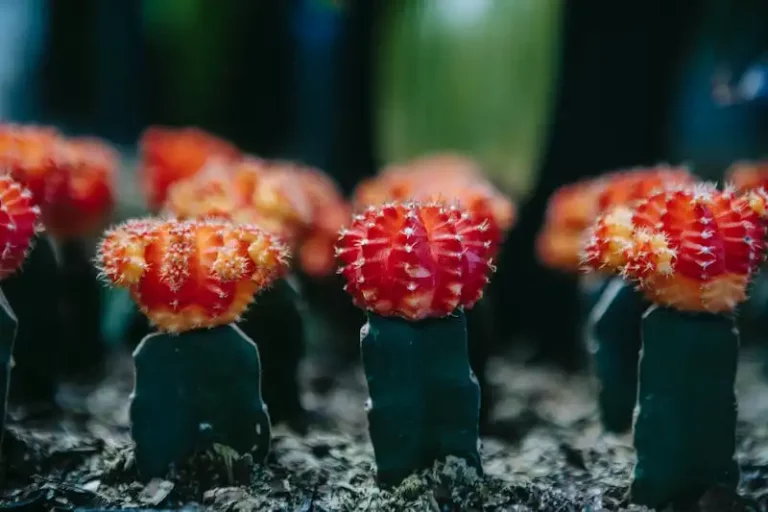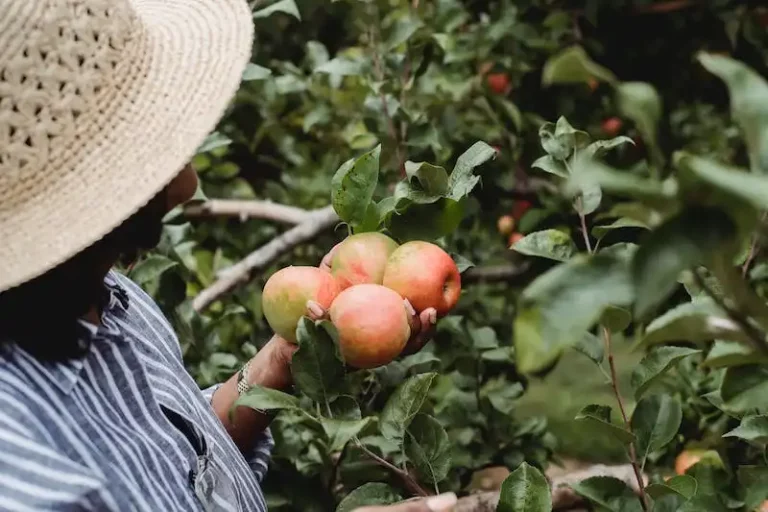Camellias are beautiful and versatile plants that can add a touch of elegance to your garden. Whether you’re a seasoned gardener or just starting out, camellias are a great choice because they can tolerate a wide range of growing conditions. They come in various forms and varieties, from fast-growing shrubs to cascade-like plants, and can be grown as hedges, in containers, or trained as espalier against a wall.
Before planting your camellia, it’s important to select a suitable location. Camellias prefer areas with well-drained soil and partial shade, as they don’t do well in extreme heat or frost. If you’re planting them directly in the ground, make sure the soil is loose and fertile. You may need to amend the soil with compost or organic matter to improve drainage and fertility.
Once you’ve selected the right spot, dig a hole that is about twice the width of the camellia’s root ball and slightly less deep. Place the camellia in the hole, making sure that the top of the root ball is level with or slightly above the soil grade. Fill in the hole with soil and gently firm it around the roots. Water the plant thoroughly after planting to help settle the soil.
To reduce weeds and conserve moisture, consider mulching around the base of the camellia. A layer of mulch will also help regulate soil temperature and protect the roots during hot or cold spells. It’s important not to let the mulch touch the trunk of the plant to prevent rotting.
Camellias are generally low-maintenance plants, but they do require regular feeding and pruning to keep them healthy and promote vigorous growth. Feed your camellias with a slow-release fertilizer in spring and again in fall. Pruning should be done immediately after flowering to control the size and shape of the plant. Remove any dead, damaged, or diseased branches, and thin out crowded growth to improve air circulation.
Overwintering can be a challenge for camellias, especially in colder areas. If you live in an area where temperatures regularly drop below freezing, you may need to provide some protection for your camellias. Consider using frost blankets or moving potted camellias indoors during the winter months. Some varieties, like the Camellia sasanquas and Camellia williamsii, are more cold-hardy and can withstand lower temperatures without suffering any damage.
In conclusion, planting a camellia can be a rewarding experience. With their stunning foliage, gorgeous flowers, and ability to thrive in a variety of conditions, camellias are a great addition to any garden. Just make sure to select the right variety for your specific needs, provide adequate care, and protect them from extreme temperatures. Follow these tips, and soon you’ll have a beautiful camellia plant that will enhance the beauty of your outdoor space.
How to Grow Camellias
Camellias are a popular flowering plant that can add beauty to any garden. They are easy to grow and require minimal care. Here are some tips on how to grow camellias:
| Planting | – Choose a well-drained location where the camellia will receive part morning sun and afternoon shade. Camellias prefer acidic soil, so test the soil and amend it if needed. Dig a hole twice the width of the root ball and place the camellia in the hole, making sure it is level with the ground. Fill in the hole with soil and pat it down gently. |
| Care | – Water the camellia regularly, especially during the first few months after planting, to help establish its roots. Keep the soil moist but not waterlogged. Mulching around the base of the plant can help retain moisture and reduce weed growth. Feed the camellia with a balanced fertilizer in early spring and again in late summer. Pruning is usually done after the camellia has finished blooming, to shape and reduce the size of the plant. Watch for any symptoms of disease or pest damage and treat accordingly. |
| Growing Varieties | – Camellias come in many different varieties, including sasanquas, japonicas, and willamsii. When selecting a variety, consider its growth habit, flower shape, and color. Some camellias can tolerate frost, while others are more sensitive. When the camellia matures, it will become a dense, evergreen shrub with shiny leaves and beautiful flowers. |
| Overwintering | – In colder climates, camellias may need extra protection during the winter months. Mulch around the base of the plant and cover it with a burlap or frost cloth. Place the camellia near a wall or other structure to provide some wind protection. Water the camellia in late fall to prepare it for dormancy. |
| Feeding and Maintenance | – Camellias are relatively low maintenance, but they do benefit from regular feeding. Apply a slow-release fertilizer according to the manufacturer’s instructions. Avoid over-fertilizing, as this can cause the camellia’s leaves to become yellow. Prune any dead or damaged parts of the plant to encourage healthy growth. Keep an eye out for pests such as aphids and treat them as needed. |
With the right care and attention, you can enjoy the beauty of camellias in your garden all year round. Happy growing!
How to Plant a Camellia
Camellia williamsii is a popular type of camellia to plant in your garden. Although there are many other types of camellias, this variety is known for its beautiful flowers.
When buying a camellia plant, make sure to choose a healthy one with plenty of buds and no signs of wilting. The best time to plant a camellia is in the early spring or fall when the weather is cool.
Choose a location for your camellia plant that receives morning sun and afternoon shade. Camellias prefer well-drained soil that is slightly acidic. If your soil is too alkaline, you may need to add some sulfur to lower the pH level.
Before planting, make sure to prepare the soil by digging a hole that is about twice as wide and just as deep as the rootball of the plant. Carefully remove the camellia plant from its container and gently loosen the roots to encourage them to spread out.
Place the plant in the hole, making sure that the top of the rootball is level with or slightly above the soil surface. Backfill the hole with soil and gently firm it around the plant to remove any air pockets.
Water your camellia plant thoroughly after planting and continue to keep the soil moist, especially during dry periods. Avoid overwatering, as camellias do not like constantly wet feet.
Mulching around the base of the plant will help to conserve moisture and suppress weeds. Make sure to keep the mulch away from the trunk to prevent root rot.
Camellias do not require much pruning, but you can lightly prune them after flowering to shape the plant and remove any dead or damaged branches. Fertilizing camellias with an acid-loving plant food in early spring and again in late summer will help to promote healthy growth and flowering.
If you’re growing camellias in containers, make sure to choose a large enough pot with good drainage. Camellias are fast-growing plants and will quickly outgrow small containers.
Overwintering camellias may require some protection, especially in colder areas. You can cover the plants with a frost cloth or move them to a sheltered location.
In conclusion, camellias are beautiful and versatile plants that can add color and interest to your garden. By following these tips, you can successfully plant and care for your camellias and enjoy their stunning flowers.
Growing Camellia Seeds
If you’re looking to grow camellias from seeds, there are a few important things to keep in mind. Camellia seeds can be planted early in the year, including the cool months. These seeds need a little extra care and attention to ensure successful germination and growth.
First, choose a suitable location for planting camellia seeds. Camellias prefer a partially shaded spot with well-drained, acidic soil. They can tolerate a variety of soil types, including sandy or clay soils. Make sure to reduce competition from weeds by clearing the area of any unwanted plants.
Camellias are fast-growing plants that can eventually grow into a dense shrub or even cascade down a wall. You may want to consider planting them in containers if space is limited or if you want to easily move them around. When choosing a container, make sure it has good drainage.
Before planting the seeds, it’s important to prepare the soil. Camellias thrive in acidic soil, so you may need to amend the soil if it’s not already acidic. You can do this by adding compost or peat moss to the soil. Additionally, camellias benefit from regular feeding. Use a slow-release fertilizer specifically formulated for acid-loving plants.
When planting camellia seeds, make sure to plant them at the same level as they were in their previous container. If planting in the ground, make sure the hole is wide enough to accommodate the roots without crowding them. After planting, water the seeds thoroughly and keep the soil consistently moist but not waterlogged.
Camellia seeds can take some time to germinate. Be patient and keep the soil consistently moist during the germination process. Once the seeds have sprouted, you can reduce watering frequency, but make sure the soil doesn’t dry out completely.
As the camellia plants grow, they will need regular care and maintenance. Prune the plants as needed to thin out any crowded or damaged branches. Deadheading spent flowers will encourage new buds and prolong the blooming period. Camellias come in a variety of colors, including red, pink, and white, so you can choose the varieties that suit your preferences.
Camellias are generally hardy plants, but they can suffer damage in areas with extreme temperatures. In colder regions, camellias may need protection from harsh weather during winter. Mulching around the plants can help insulate the roots and protect them from freezing. Covering the plants with burlap or a frost cloth can also provide additional protection.
In conclusion, growing camellia seeds can be a rewarding experience. By choosing the right location, providing the right care, and protecting them from extreme weather conditions, you can enjoy the beauty of these stunning flowers in your garden or containers.




